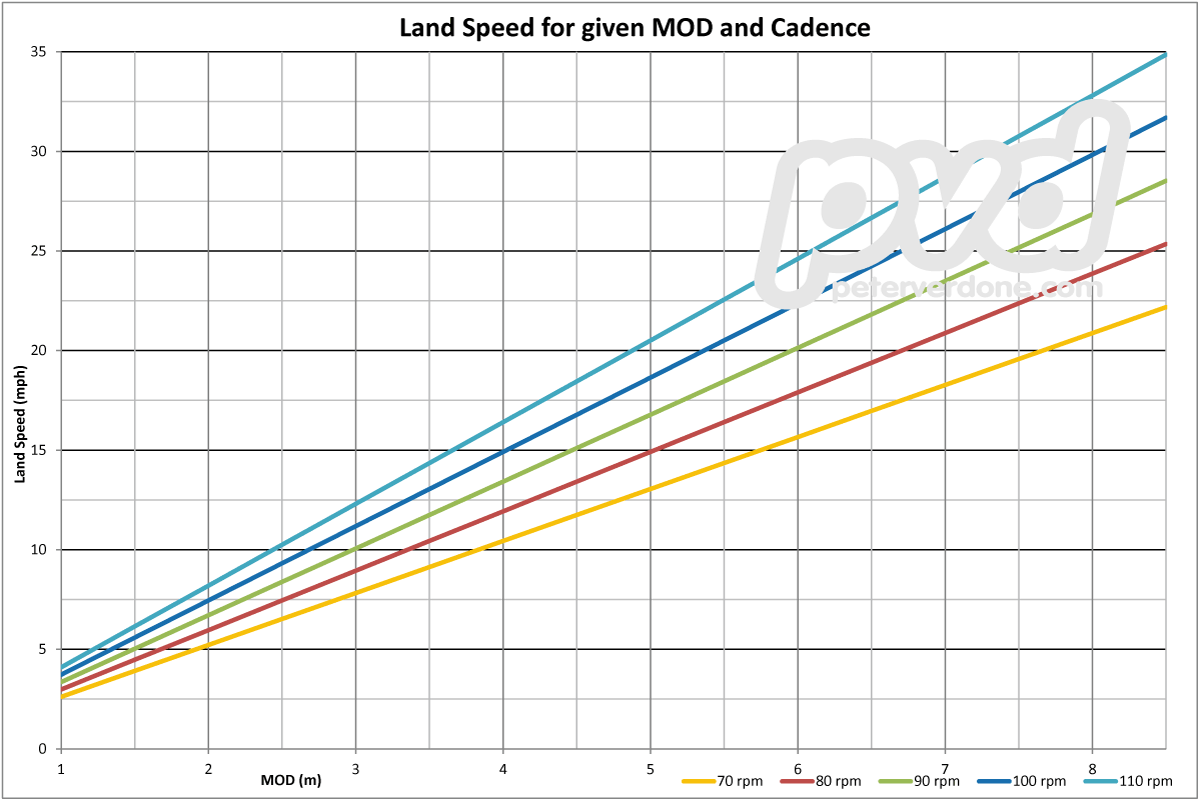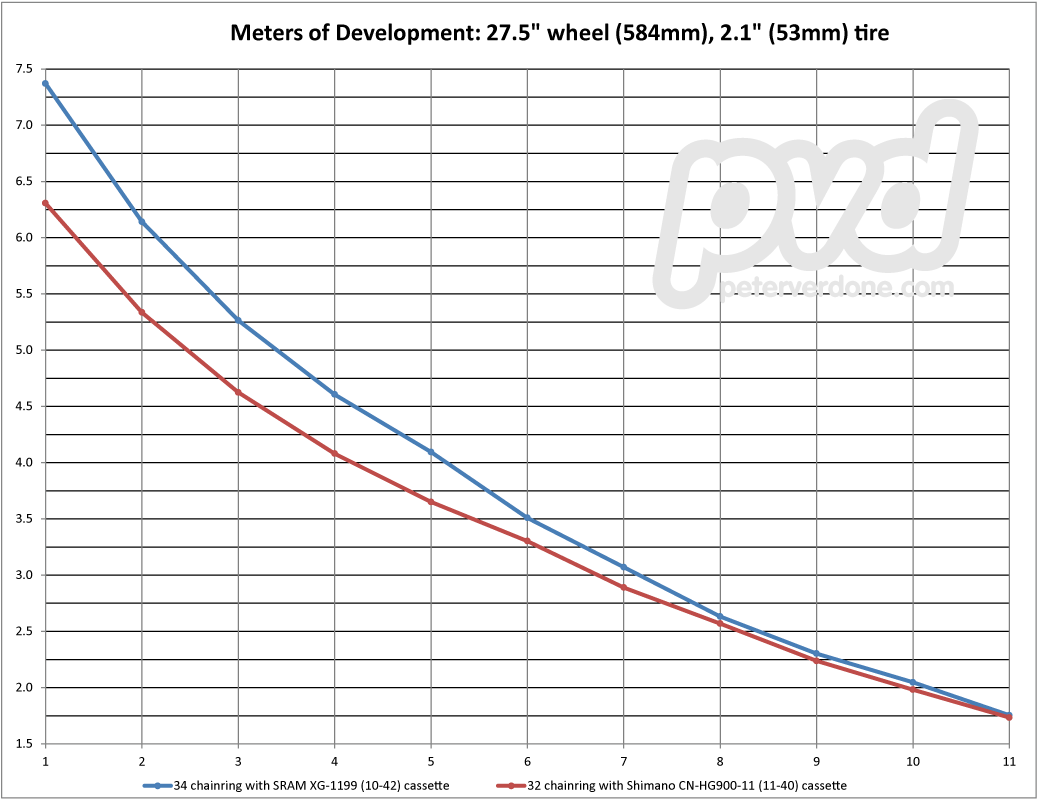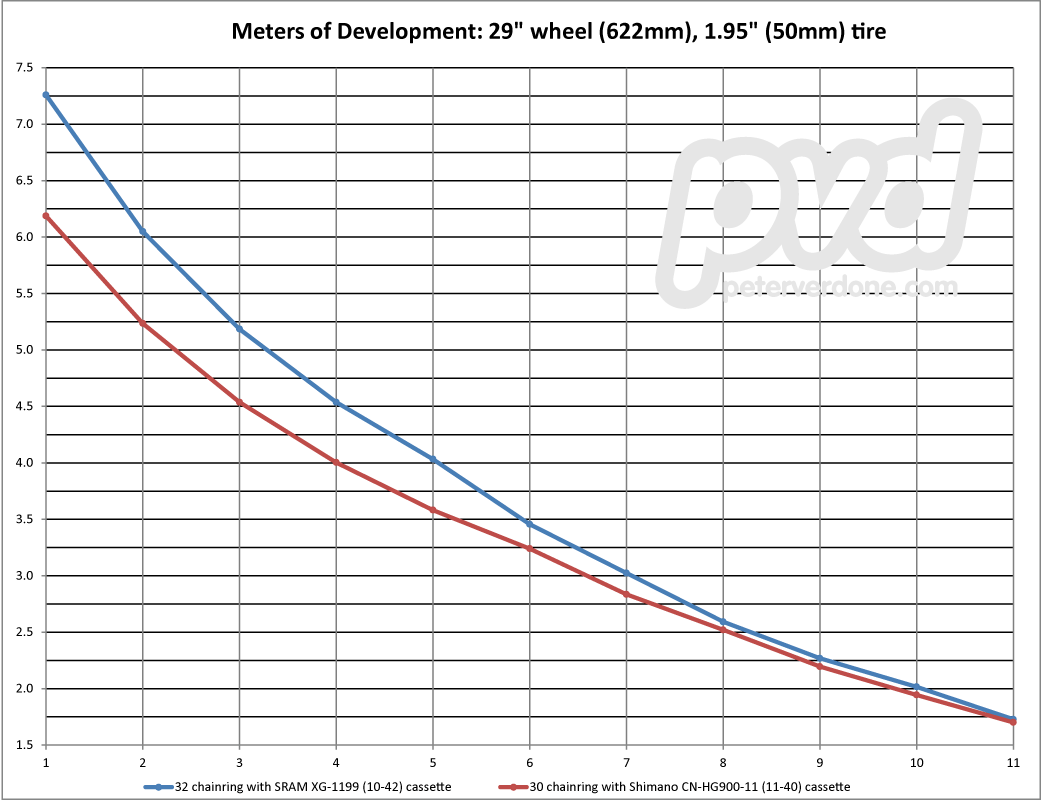This past week, at the Sea Otter Classic, Shimano officially unveiled their new premier off-road group-set. The XTR M9000.
Attempting to directly compete and regain traction against SRAM’s now dominant XX1 group, the new Shimano group has eleven speeds and a single chainring option. There are some differences with how the rear derailleurs function. The SRAM unit can only handle a single front ring while the Shimano unit will do that plus double or triple configurations. Personally, I like doubles. In the French Alps, they like triples. The singles are for racing. It’s important to remember that mountain biking is done in more ways than are depicted inside the pages of Mountain Bike Action magazine.
The two companies have a different take on the cassette design, of course. The SRAM unit requires a special freehup XD driver while the Shimano allows for use with previous nine and ten speed compatible hub systems. The shape of the gear cluster reflects this and some other changes. The SRAM is a wider range than the closer ratio Shimano. Expect to see Shimano cassettes in XT and SLX versions for far less cost than comparable SRAM cassettes. Also, I suspect that we’ll be seeing a 38t option soon from Shimano for the stronger enduro racers who want a tighter setup.
SRAM – 10-12-14-16-18-21-24-28-32-36-42
Shimano – 11-13-15-17-19-21-24-27-31-35-40
Let’s look at the single chainring gearing options as that is the buzz these days. Typical mountain bike gearing (where I ride) require meters of development in the range of 1.5 to 7.5. This allows the rider to go fast down hills and climb up most. This is simple enough to emulate with a double system but not with a single. We have to make choices. In the model that I’m showing below I’m assuming the choice is to still climb the hills.
Both configurations offer advantages depending on how you look at them and what you need. Do you really pedal your bike past 6.5 meters? Do you want to have closer gears for fine tuning your cadence? Do you need a shorter and tighter chain? These would steer you more toward Shimano. These are both racing setups so you do have to make major compromise to use either.
An important fact to remember when comparing the selections below. Estimating the cadence of downhill rider is difficult. Imagining a cadence of 70-110 rpm, I made a graph of speeds at various MOD. This will give you something to think about while out on your next ride so you can be truly honest about who you are and what kind of rider you are.
You can see a previous post covering other configurations here.



